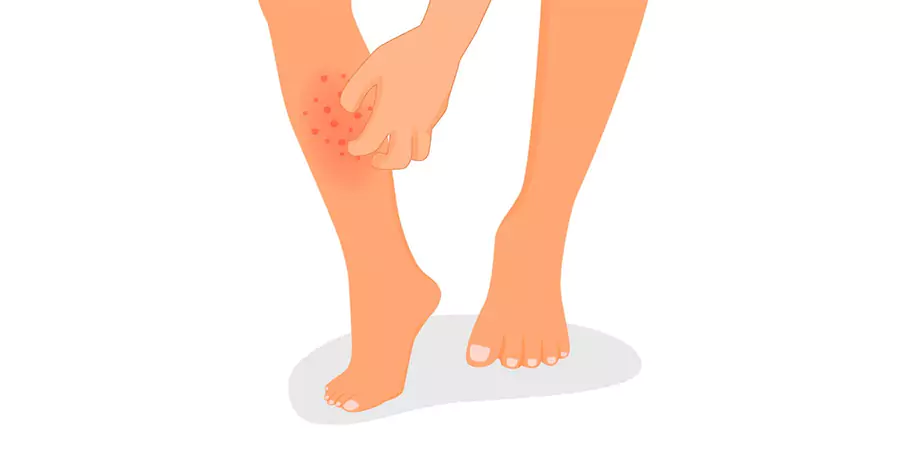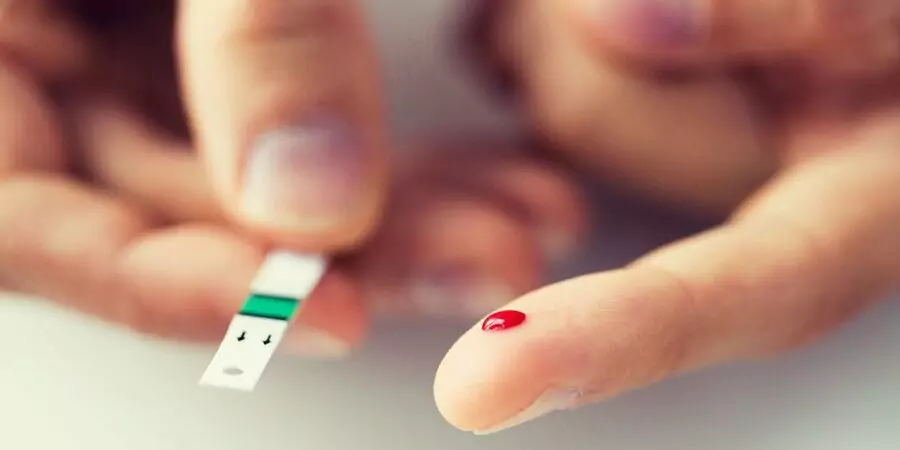Have you ever experienced irritation or discomfort in your groin area, only to discover a rash? If so, you know how frustrating and uncomfortable it can be. Groin rashes can make simple daily activities—like walking, sitting, or even sleeping—unbearable. The good news is that most groin rashes are common and treatable. In this guide, we’ll explore the main causes, symptoms, and best treatment options for groin rashes so you can find relief quickly.
Common Causes of Groin Rashes
The groin is a warm, moist area, making it prone to irritation and infections. Various factors contribute to groin rashes, each with distinct symptoms. Here are the most common causes:
1. Fungal Infections
Fungal infections, like jock itch (tinea cruris), thrive in the groin’s humid environment. This condition presents as red, itchy patches that may spread if untreated.
2. Bacterial Infections
Bacterial infections such as folliculitis occur when hair follicles become inflamed, leading to red, swollen bumps. More severe infections, like cellulitis, can cause pain, tenderness, and swelling in the groin.
3. Contact Dermatitis
Allergic reactions to soaps, detergents, or fabrics can trigger contact dermatitis, causing redness, itching, and skin irritation.
4. Heat Rash
Excessive sweating in hot, humid conditions can clog skin pores, leading to heat rash—small, itchy red bumps that cause discomfort.
5. Intertrigo
Intertrigo develops in skin folds where moisture, heat, and friction create an ideal environment for irritation. This condition often results in red, inflamed skin with an unpleasant odor if infected.
6. Psoriasis
Inverse psoriasis, which affects skin folds like the groin, causes smooth, red patches that may feel sore. Although psoriasis usually affects other body parts, it can also occur in the groin.
7. Sexually Transmitted Infections (STIs)
Certain STIs, such as genital herpes and syphilis, can cause groin rashes, often accompanied by blisters, sores, or a burning sensation. Seeking medical attention is essential for proper diagnosis and treatment.
Recognizing the Symptoms of Groin Rashes
Groin rashes present in different ways depending on the cause. Common symptoms include:
- Itching – Persistent itchiness is one of the most common signs.
- Redness – The skin may appear inflamed, ranging from pink to deep red.
- Swelling – Some rashes cause tenderness and puffiness in the affected area.
- Burning Sensation – Friction or infection-related rashes often lead to a burning feeling.
- Blisters or Sores – More severe cases may involve fluid-filled blisters or open wounds.
- Scaling or Peeling – Fungal infections or psoriasis can result in flaky or peeling skin.
Diagnosing Groin Rashes
If you’re unsure about the cause of your rash, consulting a doctor is a good idea. A healthcare provider will assess your symptoms, inquire about hygiene habits and product usage, and may take a skin sample to test for infections.
Effective Treatment Options
Once the cause is identified, treating a groin rash becomes easier. Here are the most effective treatment methods:
1. Antifungal Creams
For fungal infections like jock itch, over-the-counter antifungal creams can help. Persistent infections may require prescription medication.
2. Antibiotics
Bacterial infections often require topical or oral antibiotics. Completing the full course is crucial to prevent recurrence.
3. Hydrocortisone Cream
A mild hydrocortisone cream can relieve itching and inflammation caused by conditions like contact dermatitis or psoriasis.
4. Calamine Lotion
Calamine lotion can soothe itchy, irritated skin, making it helpful for heat rashes or allergic reactions.
5. Keeping the Area Dry
Moisture control is essential, especially for conditions like intertrigo. Using moisture-absorbing powders and wearing breathable fabrics can help.
6. Lifestyle Adjustments
Simple changes, such as wearing loose-fitting clothing, avoiding irritants, and practicing good hygiene, can prevent future outbreaks.
Preventing Groin Rashes
Preventative measures can significantly reduce the likelihood of developing groin rashes. Here are some essential tips:
- Maintain Cleanliness – Wash and thoroughly dry the groin area daily, especially after exercise.
- Wear Breathable Fabrics – Cotton and loose-fitting clothing help minimize friction and moisture buildup.
- Avoid Harsh Products – If new soaps or detergents trigger irritation, switch to hypoallergenic options.
- Use Antifungal or Absorbent Powders – Keeping the area dry prevents fungal growth.
- Manage Chronic Skin Conditions – If you have psoriasis or another chronic skin condition, follow your treatment plan to prevent flare-ups.
When to Seek Medical Attention
While many groin rashes can be treated at home, there are situations where medical intervention is necessary. Consult a doctor if:
- The rash doesn’t improve after two weeks of treatment.
- You experience blisters, sores, or pus-filled bumps.
- Fever, chills, or other unusual symptoms accompany the rash.
- The rash spreads or becomes increasingly painful.
- You suspect an STI-related rash.
Final Thoughts
Groin rashes can be uncomfortable, but they are usually treatable once you identify the cause. Whether triggered by a fungal infection, friction, or an allergic reaction, recognizing the symptoms can help you find the right solution. Keeping the groin area clean, dry, and irritation-free is key to prevention. If your rash persists or worsens, seek medical advice to ensure proper care and relief.




